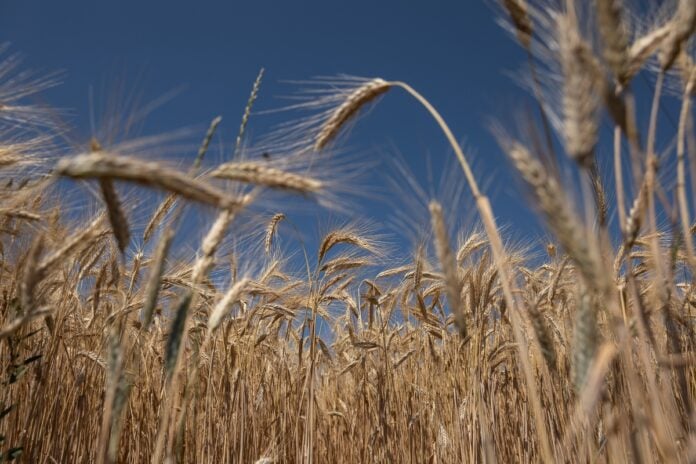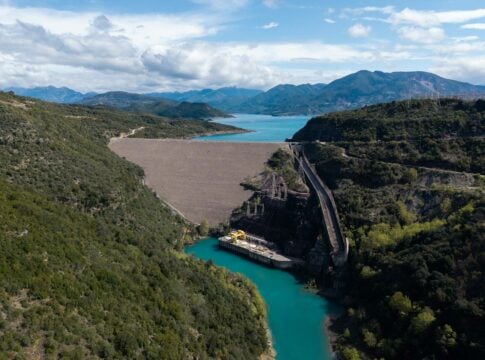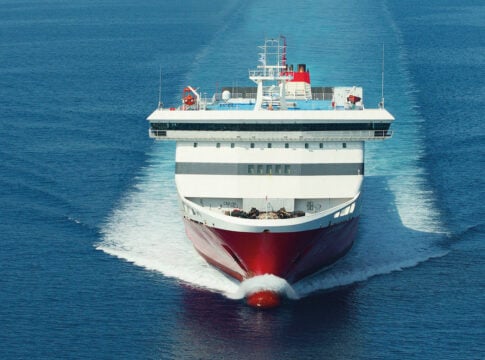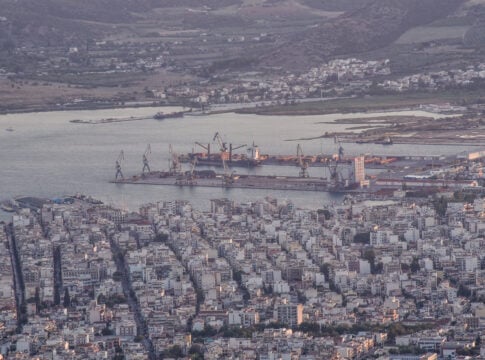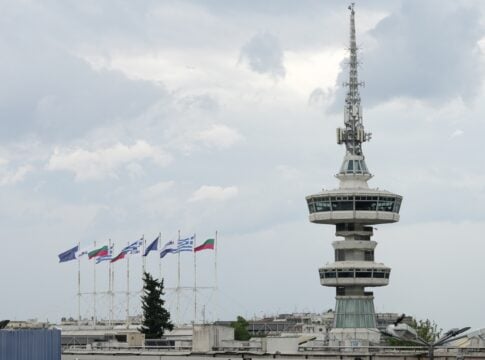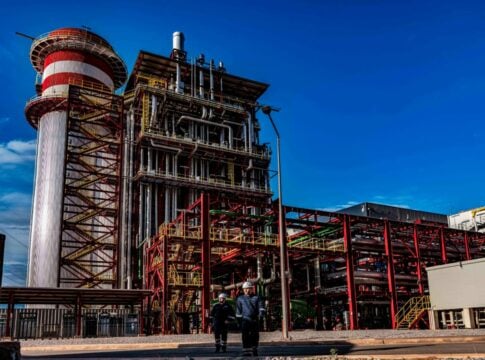Greece and Bulgaria are considering the creation of an overland corridor to transport Ukrainian grain from Varna to the port of Kavala, European sources in Brussels told “Naftemporiki”, as the EU looks for alternative routes following Russia’s refusal to renew the agreement that has enabled Ukraine to export grain from its Black Sea ports for the past year.
“There could be a connection between grain transport and the energy interconnection of the two countries,” the same sources said and added: “The idea of transferring Ukrainian grain by rail through Bulgaria to Greek ports has been under discussion between the two governments since last year.”
“The port of Kavala could play an important role. It is located in the same area as the port of Alexandroupolis, which has become a de facto intermediate station for the transfer of NATO and US troops and vehicles to the western zone of the alliance,” European sources stated to “Naftemporiki”.
The “western” security umbrella that opens on the northeastern borders of Greece is now certified. If grain arrives in addition to gas, there would be no control problems since the area is already heavily guarded. Meanwhile, the railway lines in the Bulgarian cities of Kulata and Svilengrad have been upgraded, allowing more goods to be transported to Greek ports.
Support from the EU
The European Union also wants to strengthen and subsidize alternative efforts to promote Ukrainian grain to the rest of the world, following Moscow’s refusal to renew the agreement for their transport through the Black Sea.
“It is absolutely necessary to improve and strengthen the ‘corridors of solidarity’, through Europe,” said the Spanish Minister of Minister of Agriculture, Fisheries and Food, Luis Planas, whose country holds the rotating presidency of the EU. “We cannot avoid our responsibility,” he stated on the sidelines of a meeting in Brussels with his EU counterparts.
The Black Sea grain corridor, which opened in August 2022 under the Moscow deal, has so far allowed 33 million tons of grain to be transported from Ukraine in a year, providing a relief to importing countries, particularly in Africa, and lowering global prices.
At the same time, the EU has developed land and river “corridors” through Poland and Romania, helping to transport 41 million tons of Ukrainian grain.
This is now the only export route for Kyiv and a project is underway to harmonize the gauge of railway lines between the EU and Ukraine aiming to facilitate freight transport.
In an effort to avoid the saturation of the existing corridors, Lithuania proposes to use the ports of the Baltic countries so that there is a combined annual transport of 25 million tons of grain.
“We also need more efficient customs and administrative procedures, which can be implemented upon arrival at European ports,” and not just at the Ukrainian border where “it takes time and there are malfunctions,” Lithuanian Agriculture Minister Kestutis Navickas stressed.
Higher cost
EU Agriculture Commissioner Janusz Wojciechowski, however, believes that the main obstacle to the overland export of Ukrainian grain through the EU remains the cost, which is much higher than the traditional sea route. “Transportation of grain through Poland or the Baltic countries will always be much more expensive, compared to the much lower cost of Russian grain on the world market.”
In this context, the EU Agriculture Commissioner stressed the need to strengthen European subsidies in order to offset this obstacle. “Some states like Poland have opted for economic aid at the national level, but I would prefer to find a European solution, fair for all. It is necessary to have EU funding to increase transport,” he said.
5 countries put a break
However, the EU remains divided over restrictions imposed on the export of Ukrainian grain by five eastern countries bordering Ukraine in order to boost their own production.


